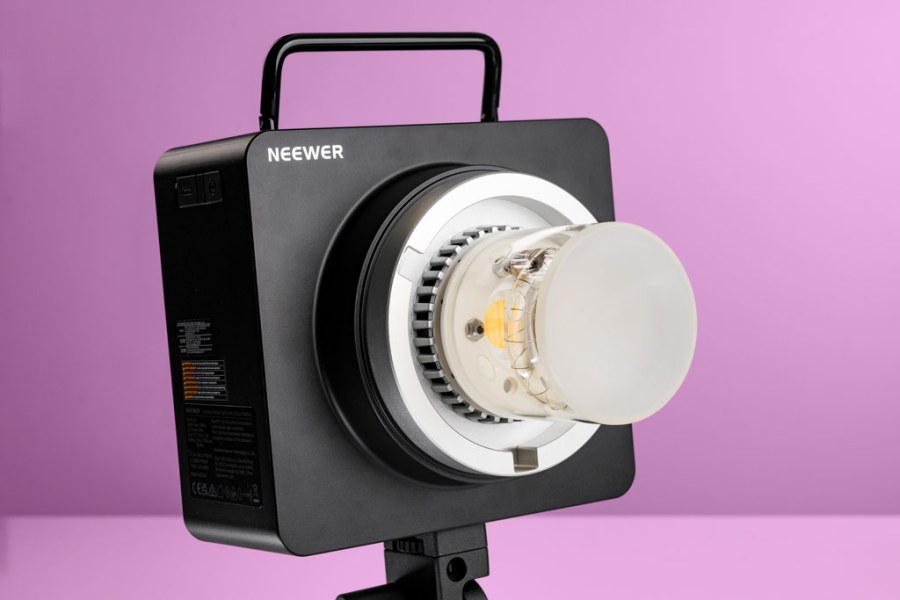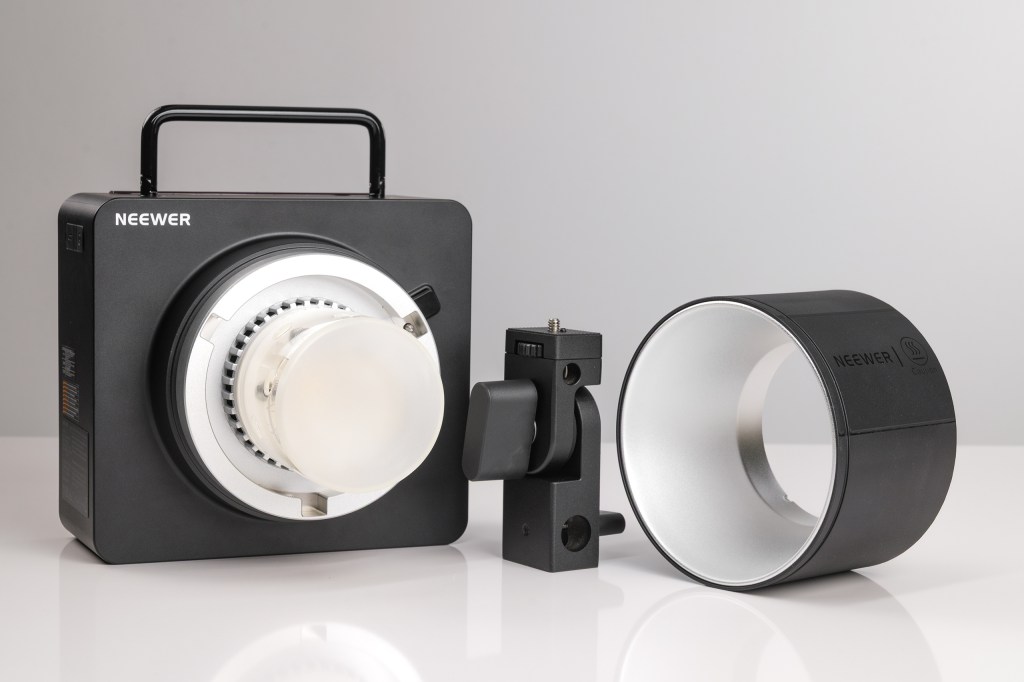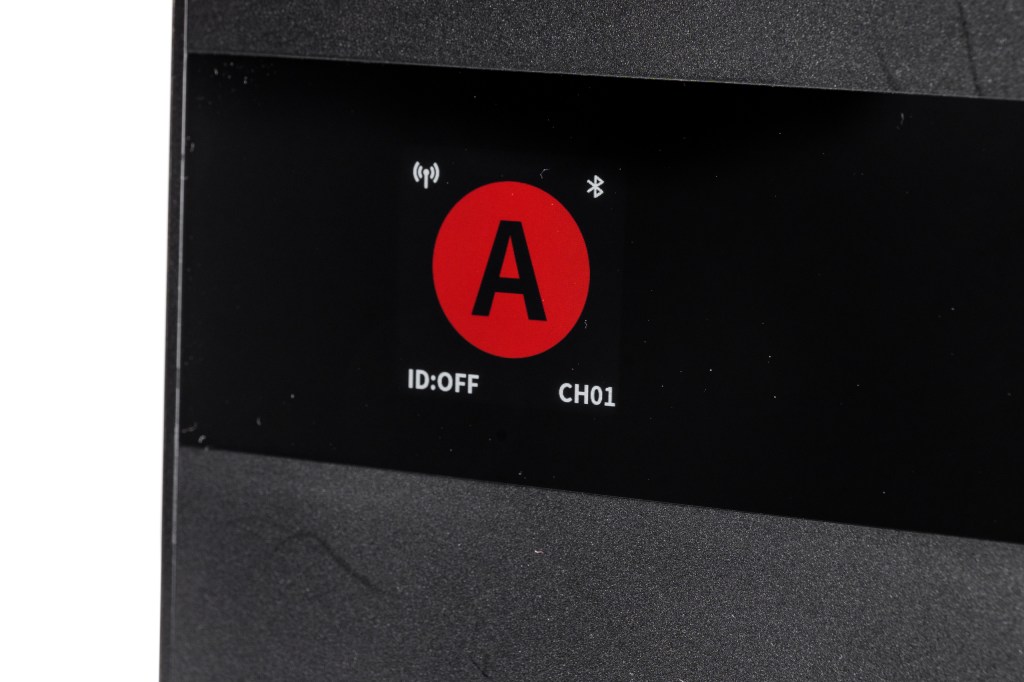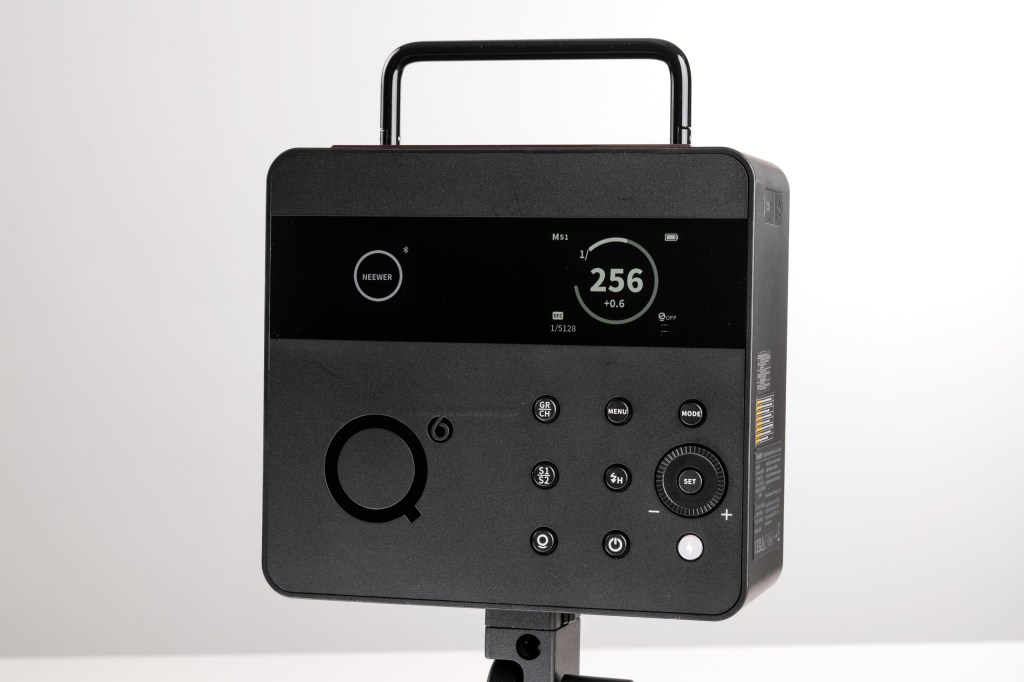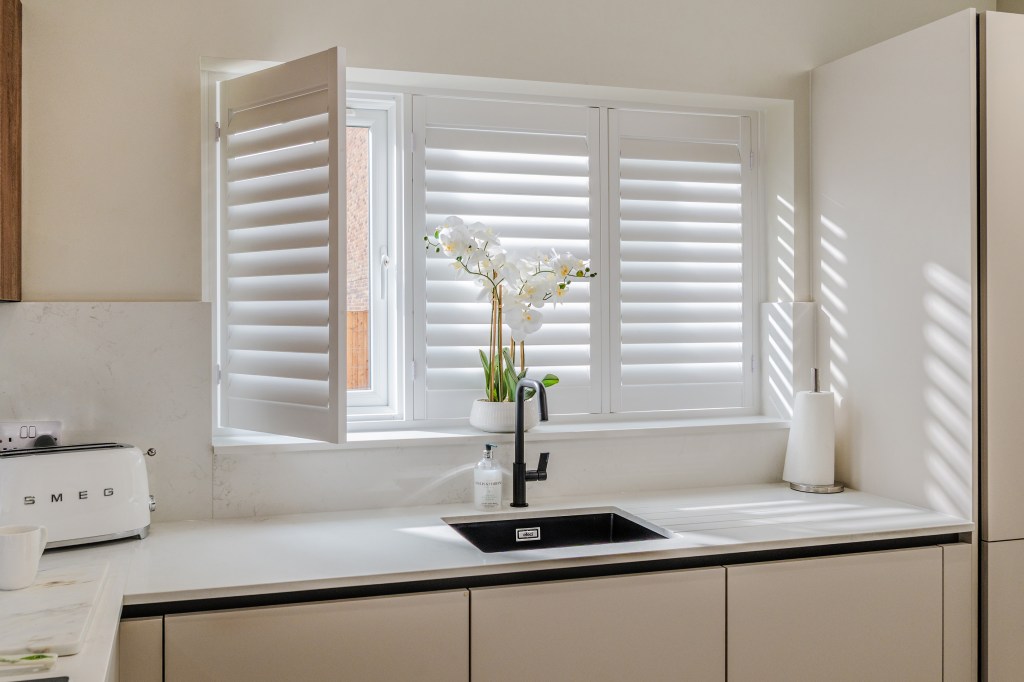Amateur Photographer verdict
The new Q6 is a reliable flash head that offers consistent performance and loads of light, while its new design makes it easy and intuitive to use- Very powerful flash
- Great battery life
- Practical design
- Good price for the power
- A little bit heavy perhaps
Neewer Q6 flash at a glance:
- Price: $719 / £750
- Battery powered, with dummy battery option
- 600Ws
- TTL control for Canon/Nikon/Sony
- 30W bi-colour modelling light
- Wireless and app control
- neewer.com / uk.neewer.com
There are two headline characteristics in a flash unit that I really value – power and portability, so battery operated 600W units like the Neewer Q6 get my attention straight away. Of course there are many other elements that need to be seen to, and barriers to be overcome, but for mega-bright bursts and the chance to shoot outside without a mains cable I’m prepared to be generous. I was brought up on AA battery operated manual flash units that had to be cabled together, adapted or customised, so today’s sleek operators feel very luxurious. This Neewer Q6 is a development of the excellent Q4 we reviewed in our 4th March 2025 issue, but it isn’t just the power that has been upgraded in this new version.
Neewer Q6 – Features
That the Neewer Q6 has a 600Ws output isn’t its only new feature, but it is worth sitting for a moment to understand what 600Ws means. It is powerful, and as such puts out a whole lot of light. I measured f/64 at 1m with an ISO of 100 – Ansel Adams would approve, though his subjects were rarely 1m from the light source. I know it’s obvious, but f/64 at 1m translates to f/32 at 2m, f/16 at 4m, and f/8 at 8m. While we mightn’t all need f/64 very often, or indeed have lenses that offer an f/64 aperture, f/16 at 4m means we can overpower the sun outside on a bright day even with the light quite a distance from the subject.
These measurements were made with a basic reflector dish, but the power also means we can get small aperture readings more readily when shooting through layers of diffuser, when bouncing off a ceiling, a wall or the inside of a white brolly, and when the light has to pass through a coloured gel. It also means fewer pops when trying to build the light up in a dark studio to get a really small aperture for a still life. And of course you don’t have to use full power all the time – the 1/512th power setting allows us to shoot at f/1.4 with the light at 1m. So the range of options this amount of power and the incremental adjustments allow is really very useful.
- Exceptional power: With a standard reflector dish you can expect f/32 at two metres at ISO 100, which means small apertures are possible even with lots of diffusion and in bounce situations
- 400 full power bursts: The 3000mAh battery allows 400 full power flashes per charge, and you’ll likely not need full power all the time
- Dual control panel display: The new twin screen display makes reading the settings and adjusting them very much easier
By default increments are set to 1/3rd power, but in the menu system of the QPro hotshoe controller can switch that to 1/10th step settings. If you already have a QPro controller, you’ll need new firmware to access the 1/512th power setting remotely, but it can also be triggered manually, via the app or when the Q6 is acting as a light-triggered slave to other flash units.
As mentioned above, the Q6 can be triggered wirelessly using the Neewer QPro hotshoe controller. TTL metering is also available using dedicated QPro units for Canon, Nikon, Sony and Fujifilm systems, while users of other camera brands can operate in Manual mode – I used the Nikon controller on Panasonic Lumix cameras for the majority of this test. The Neewer app will also allow the flash to be controlled and triggered – though not synchronised with a normal shutter speed. And other Neewer hotshoe flash units can be used to control and trigger the Q6.
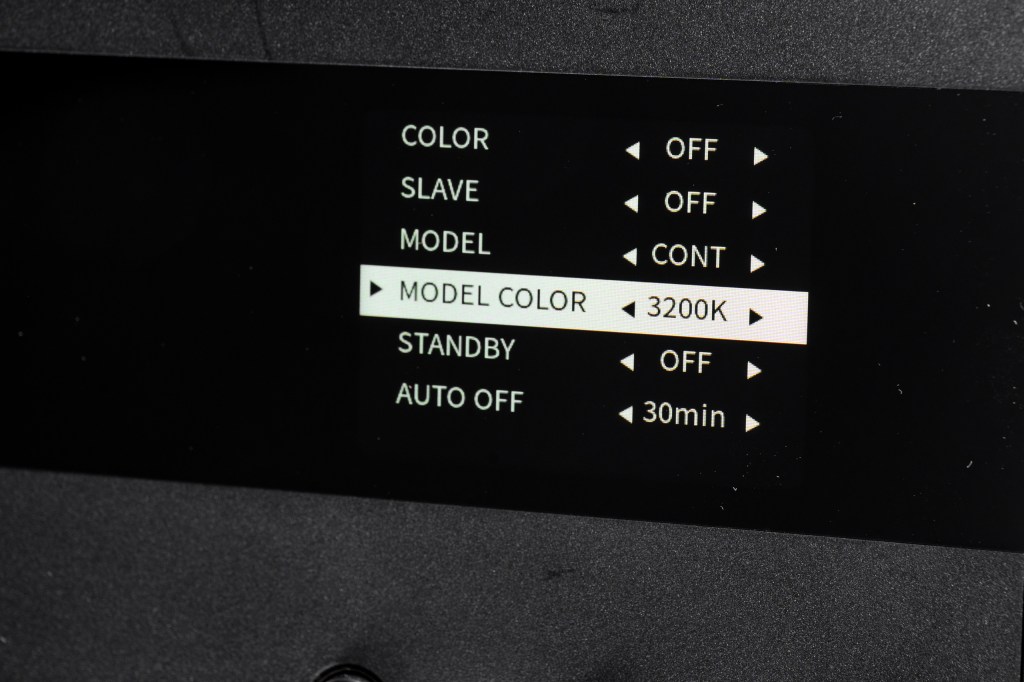
We have five groups to play with, and we have a choice of 32 channels over which to do it. The system is compatible with the Godox 2.4G X flash system too, and will respond to Xpro X3/X2 transmitters, as well as the Sekonic L-858D light meter. I’m pleased too that the Q6 can be triggered optically as well, so any flash unit of any age or brand can be used alongside this one and make it fire at the same time.
The HSS mode allows shutter speeds as short as 1/8000sec, we can enjoy front and rear shutter synchronisation, and the built-in 3000mAh battery is said to be good for 400 full power flashes. The Q6 also includes a 30W modelling light with a colour temperature we can vary between 2700K and 6500K, and of course the accessory mount is for Bowens S-type modifiers. It comes with a light-stand adapter that has a hole for a brolly, a small soft-light reflector dish, a charger and a case to hold it all.
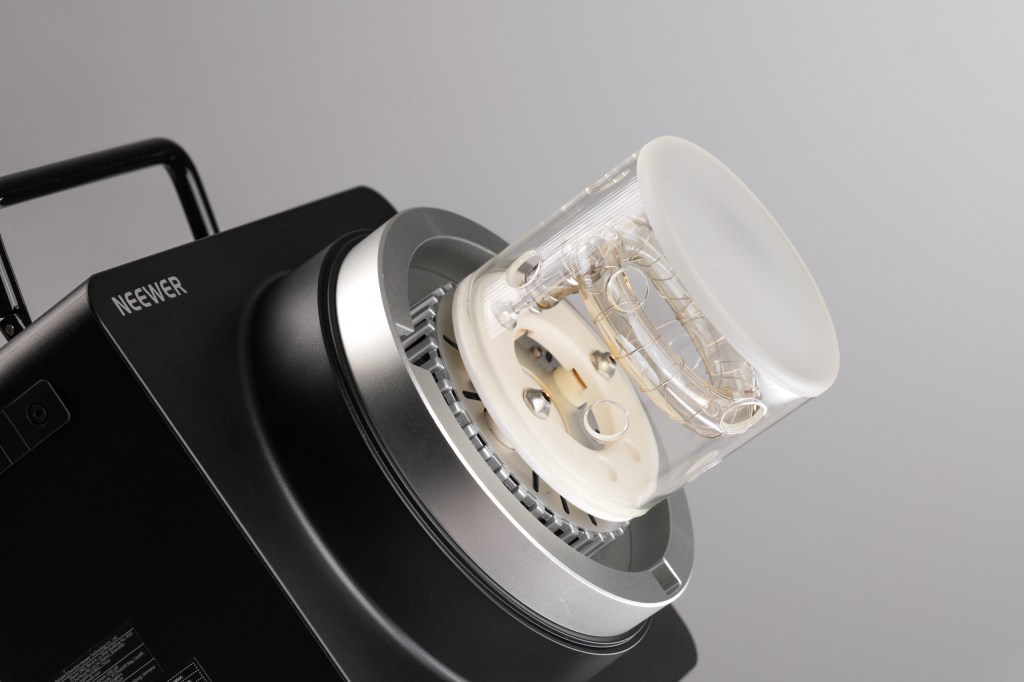
Neewer Q6 – Handling
There are a few new design features Neewer has added to the Q6 that weren’t including in the Q4. The most obvious of these is the two-panel display on the back of the unit. Much brighter, more responsive, clearer and larger, the new dual screen display is a whole lot easier to use and much more convenient. Although pretty much the same information is displayed it is posted across two screens in the Q6, is in colour and uses an always-on display that doesn’t go to sleep, so it is just easier to read. It is a dramatic improvement, and this solution fixes the shortcomings of the previous model. As before, a nice touch sees the flash duration displayed on screen for each power setting we chose.
The menu of the Q6 is also redesigned. The new design gives us a couple of new options and breaks down some of the options from the previous system into parts to make them quicker to access. The new style, with white text on a black background, is much more contrasty, can be seen easier and is more efficient to deal with.
Another significant change is that the top handle now has a hinge – it can be folded down for storage so the light doesn’t have to take up more space than is necessary.
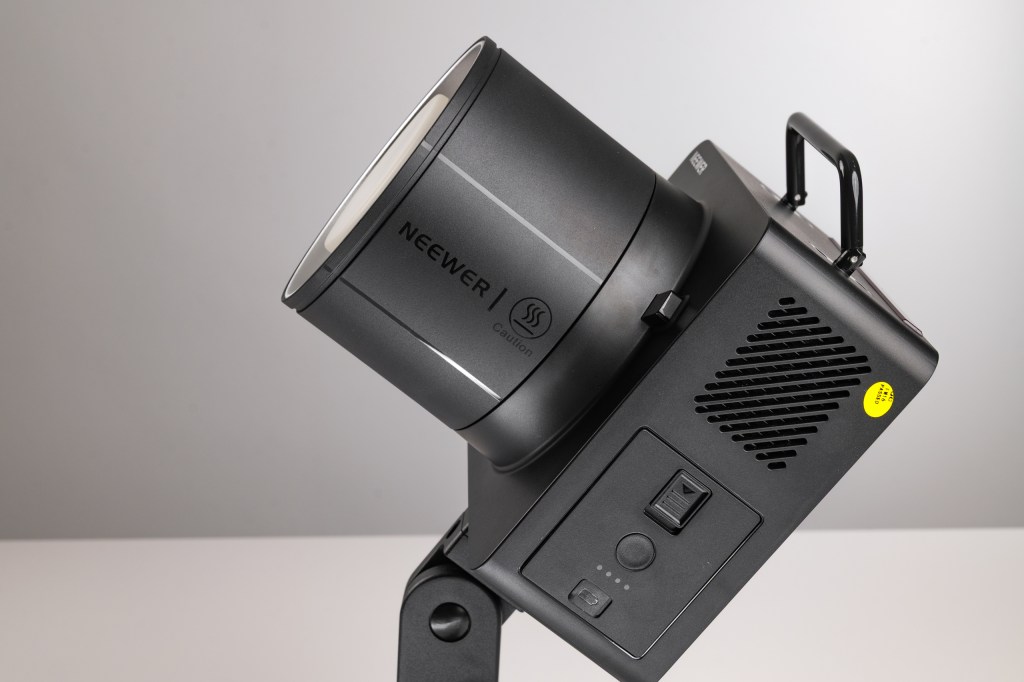
It makes sense that this more powerful light should be bigger than the 400W model that came before it. The height and width of the lights are much the same, but the Q6 is about a third thicker from front to back. This difference I suppose allows for more cooling as well as a thicker, (slightly) more powerful battery – so the batteries are not switchable between the different flash units. A nice touch is the new four-light indicator on the side of the Q6 battery that tells us, at the press of a button, the state of the charge – without turning the flash on.
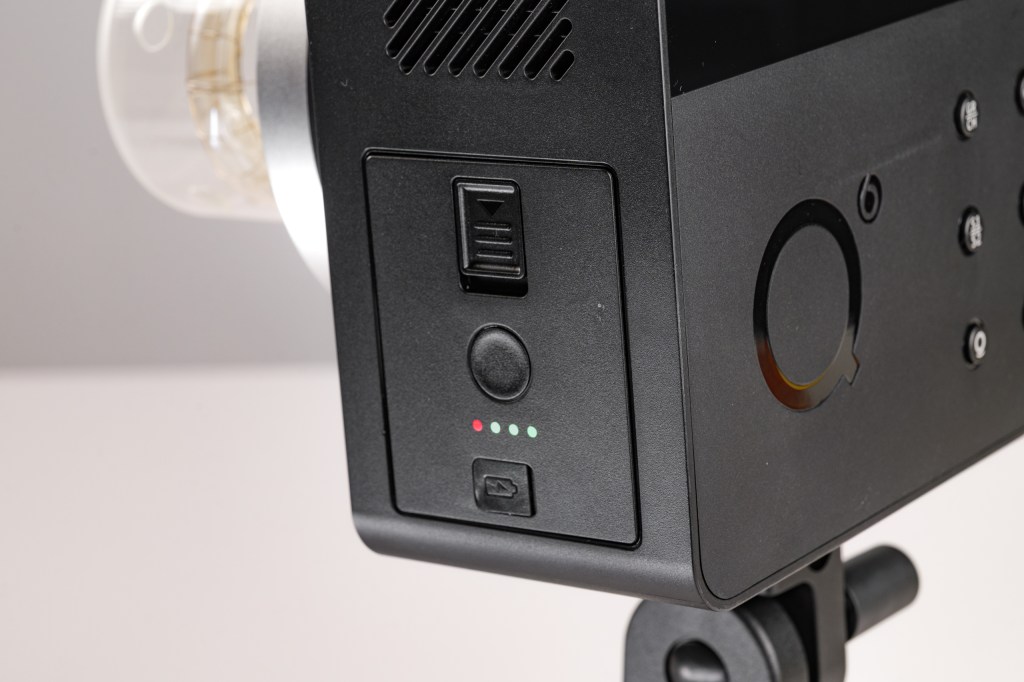
Power to the Q6 comes only from the battery, which can be charged inside or outside the body of the flash unit, but the charger won’t charge the battery while it is in use. There will be a dummy battery so that the Q6 can be powered from the mains, but it isn’t available yet. The unit for the Q4 costs £110, so we should probably expect to pay about the same for the one for the Q6.
The extra size and power brings a bit of extra weight with it, so the Q6 comes in at 3kg instead of 2.2kg. It measures 195x185x170mm.
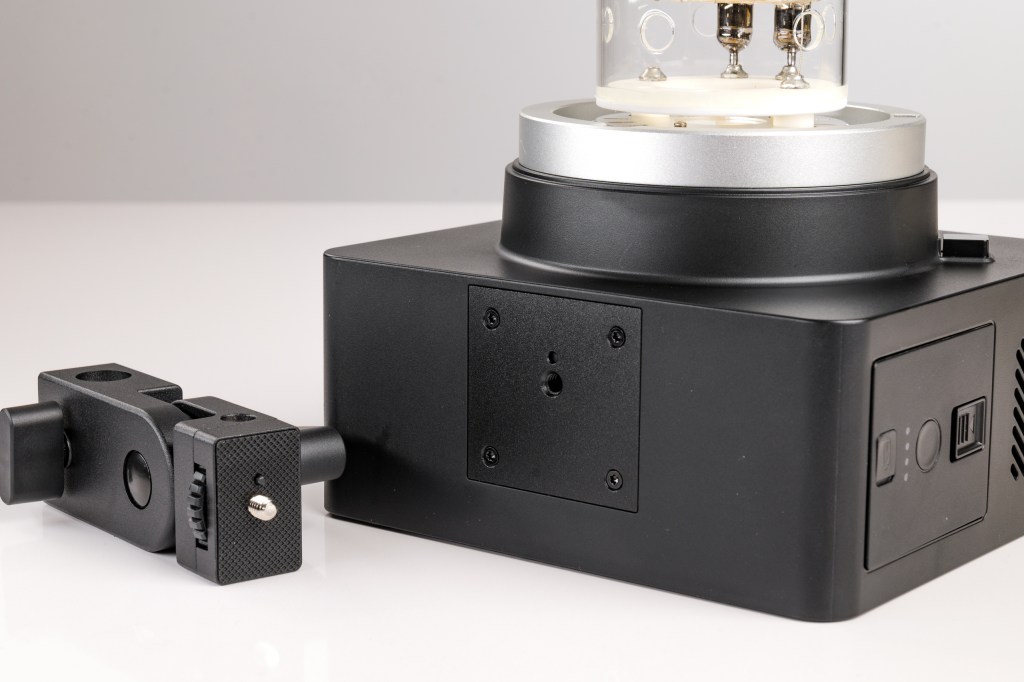
Neewer Q6 – Performance
I’ve already spilled the beans on how powerful this light is and what that means in aperture/distance values, as I wasn’t able to contain myself, so I guess this section will need to be about how consistent the flash is and how well it can keep up. I thought a good test would be to take it to an outdoor event in the middle of the day in very bright sunshine. I was shooting an awards presentation and hadn’t had a say in where the stage was set up – consequently those on the stage were lit from the side with full sunshine.
I was some way from the stage with the Q6 right next to me, and was surprised/disappointed I only needed ¼ power to fill in the shadows on faces at f/8 and ISO 100. For a different type of shot I switched to f/11 and ½ power, and for some others, where I was using a long lens to shoot shaded people standing on the covered bed of an articulated lorry, I used full power and f/5.6. I shot well over 200 images in the blistering heat and found the flash was more than capable of keeping up. The output remained consistent throughout and it just kept going.
I had been slightly concerned that one battery wouldn’t be enough, and had taken spare flash units to stand in when the Q6 died – but it didn’t, and in fact the battery was hardly troubled by the outing and didn’t need recharging when I got back. I used it again without recharging, on full power this time, on a rainy day when I needed glorious sunshine streaming through a newly fitted set of window shutters. I shot a lot on this occasion too, and only plugged the battery in when I came to write about how to charge it a few paragraphs ago. So I’d had well over 400 pops – mostly not at full power – and the battery wasn’t even half empty.
It’s worth noting that Neewer says the colour temperature of the Q6 flash light is 5700K, as most cameras will offer a different temperature by default when White Balance is set to Flash mode. My Lumix cameras think Flash should be 5950K, but adjusting to 5700K makes a surprisingly significant difference – and makes colour correcting a lot simpler. The Q6 has a particular mode if you need to maintain accurate colour temperatures, which allows us the same power but with a slightly longer flash duration.
The 30W modelling light is only useful on indoor duties for its principle calling of showing us where the light will fall, as it is no real match for the range of conditions in which the flash can operate and shine – the modelling light offers only 5% of the flash’s output. It is still useful though in some situations, and is certainly bright enough to shoot with on its own when indoors, in lower light conditions or in close quarters. It needs diffusing though, as its distribution isn’t very even.
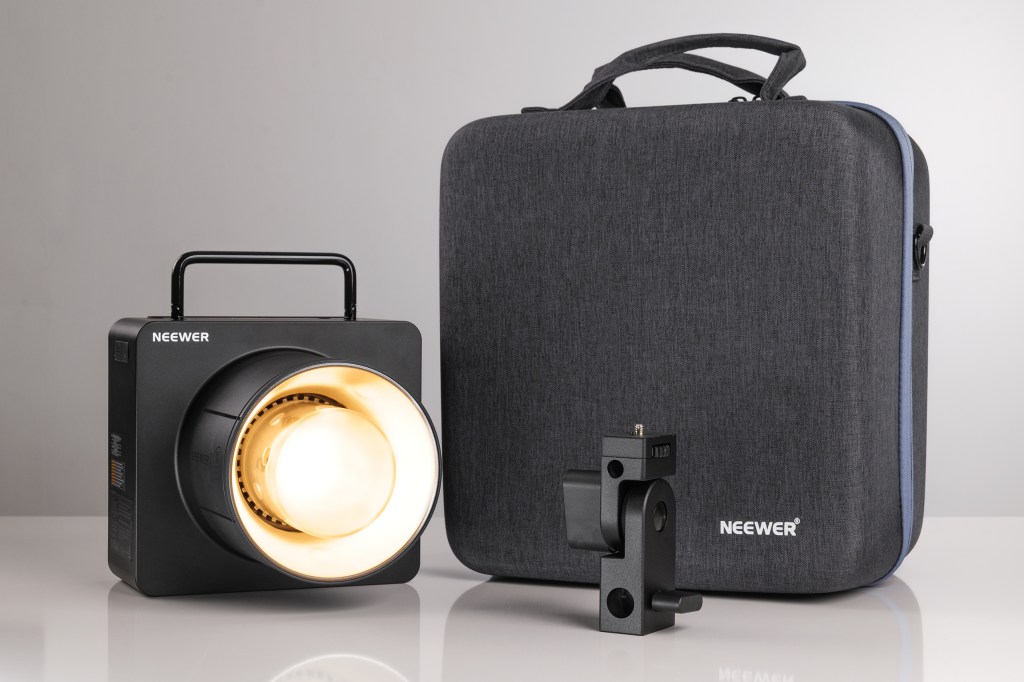
Neewer Q6 – Our Verdict
Having reviewed the Neewer Q4 not so long ago, I had rather expected this Q6 to be more of the same but with smaller apertures. It is to an extent, but the new features and particularly the new dual display, have altered the handling a great deal, and make shooting with this more powerful model a much smoother and more enjoyable experience.
I have found this flash unit reliable, consistent and persistent to the point that I look forward to using it and have been actively looking for reasons to get it out. It works really nicely alongside the Q4 and the Q200, and controlling them all together is simple with the QPro hotshoe trigger. It’s very slightly annoying that the fittings for the light stand adapters are all a little bit different so, as very good as they are, you need to keep them separate – the Q4 model has a different locating pin system to the Q6 and the Q200. It isn’t the end of the world, but it feels a little uncoordinated.
In all though this is an excellent flash head that offers us lots of options, massive flexibility, loads of light at a price that is better than reasonable.
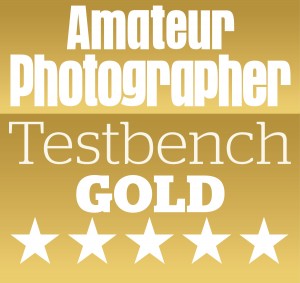
Related reading:
- Neewer Q4 flash review – solid powerful and value for money
- Neewer HB80C RGB COB LED light review
- Colbor W100 review – Tiny but mighty
- Colbor CL220R RBG LED light Review

